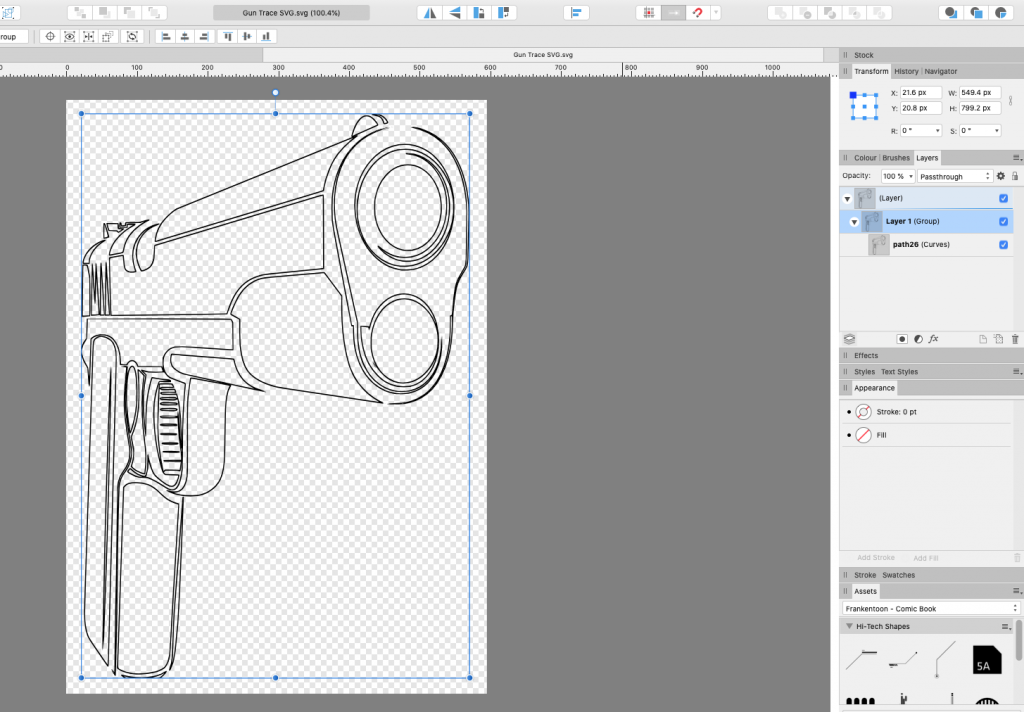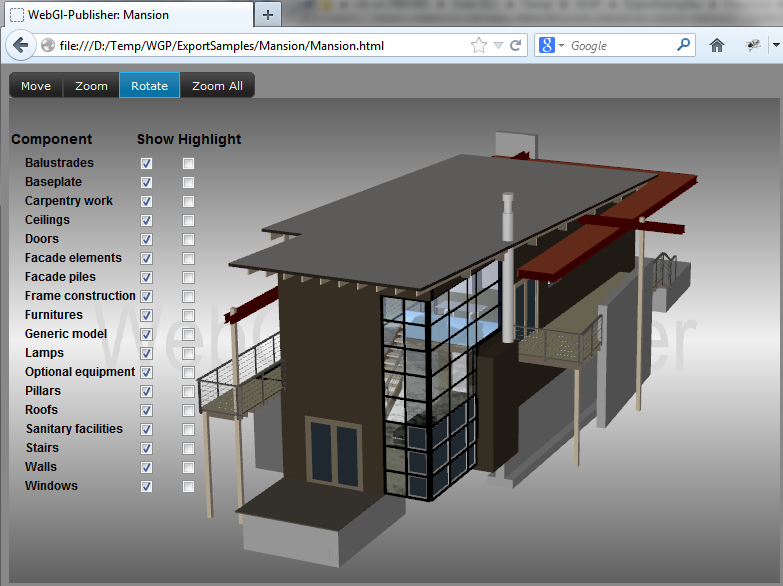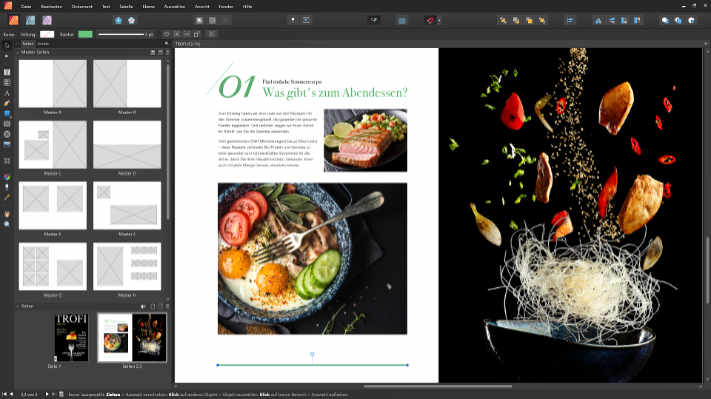
If you have any questions, or if any part of these instructions were unclear, feel free to leave a comment below. Although this process may seem like a nuisance at first, it becomes less menacing once you’ve memorized the steps and can execute them without much thought.

Using Affinity Designer to import and edit vector files may feel inefficient when compared to other vector applications, but it’s still possible with a few extra steps. This method will allow you to import and edit a variety of vector formats, including… The steps outlined above are not exclusive to the SVG format. You can now edit your imported SVG file with Affinity Designer the same way you would for any other vector objects! Other Common Formats The individual components of the design are now visible, as indicated by the outlines around them. Once you’ve released the embedded layer, all you have to do now is select all of the objects with the Select Tool, copy them by pressing Control + c, then navigate back to the document you’d like to import them to, and paste them by pressing Control + v. All of the individual layers will be released from the embedded layer. This will release all of the individual components of the SVG document onto their own designated layers. Select all of the individual sub layers by pressing Control + a, then right-click them and select Release.

Click the little gray arrow next to the layer’s name to expand it and view the sub layers. Once you’ve opened the document, navigate to the Layers menu and click the little arrow to the left of the layer’s name to expand the layer and reveal all of its sub layers. The imported file will be opened in a separate tab, as indicated in the toolbar just above your canvas. This will open the SVG file in a separate tab. If there’s no Edit Document bellow then try ungrouping the object by going to Layer > Ungroup All. The Edit Document button allows you to open your imported file in a separate tab and alter it further.

To release the file from its embedded layer, select it on your canvas using the Select Tool, then click the Edit Document button in the toolbar at the top of your page. For this demonstration I’ll be using this vector illustration of a file.Īt this point you may notice that you aren’t able to edit the properties of the imported document because it is confined to an embedded layer. Once selected, click on your canvas to place it on the artboard. To import your SVG file, navigate to File > Place, and locate your file on your hard drive. There’s also a short video tutorial at the top of the page where I walk you through each step. Together, our observations suggest that the JO4 vectors may have an advantage to prevent CD46-mediated sequestration, thereby achieving DSG2-specific transduction.Follow these steps if you’re trying to edit SVG files that you’ve imported into Affinity Designer. Interestingly, DSG2-negative cell line MIA PaCa-2 even showed resistance to JO4 vector infection, possibly due to the negative effect of JO4 mutation on the usage of another Ad3 receptor: CD46. Moreover, in DSG2-low cell lines, the JO4 vectors presented a rather weakened effect. In the current experimental settings and investigated cell lines, the JO4-containing vectors showed no enhanced transduction compared with their parental vectors in DSG2-high cell lines. Therefore, we introduced the JO4 mutation to various adenoviral vectors to explore their infection properties. However, the effect of the JO4 mutation in the context of a virus remains insufficiently studied. JO-4 protein has been proven to enhance the effects of antibody therapy and chemotherapy and is now considered for clinical trials.

Junction opener 4 (JO-4), a small recombinant protein derived from the Ad3 fiber knob, was previously developed with a higher affinity to DSG2. Importantly, the interaction between human adenovirus type 3 (Ad3) and DSG2 leads to the shedding of the binding domain followed by a decrease in the junction protein expression and transient tight junction opening. Desmoglein 2 (DSG2) represents such a junction protein and serves as one adenovirus receptor. Carcinomas are characterized by a widespread upregulation of intercellular junctions that create a barrier to immune response and drug therapy.


 0 kommentar(er)
0 kommentar(er)
